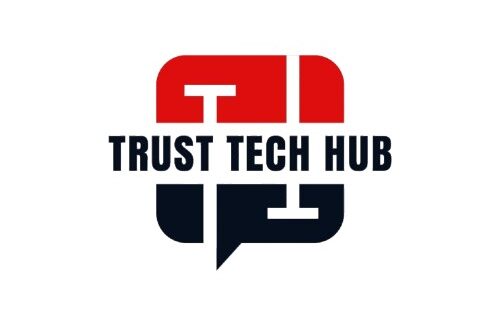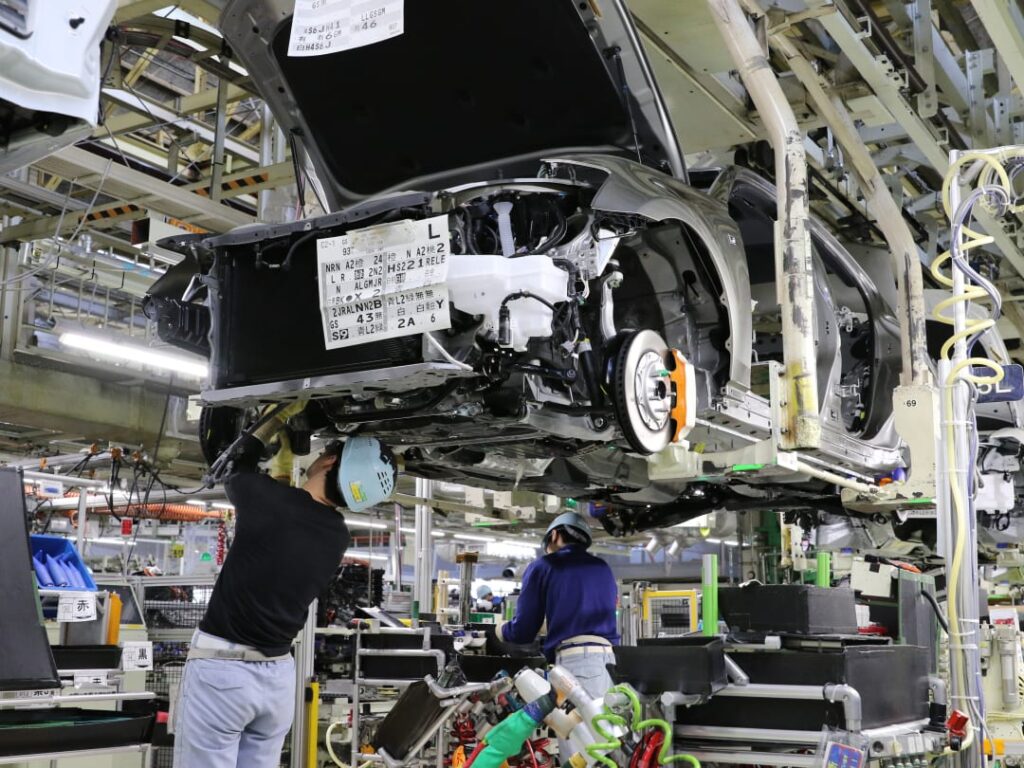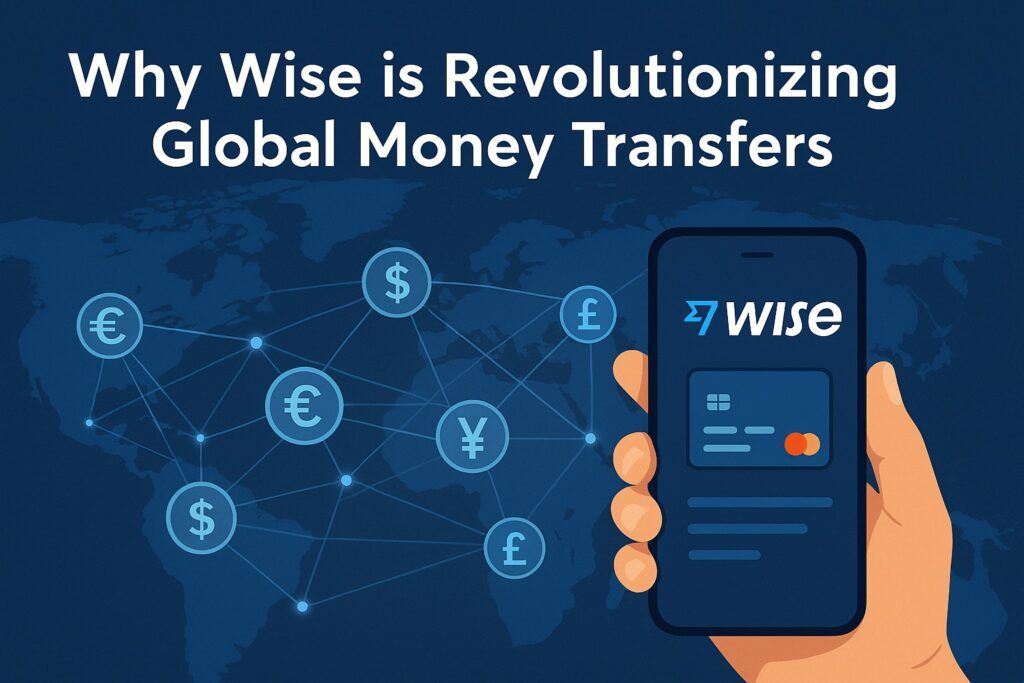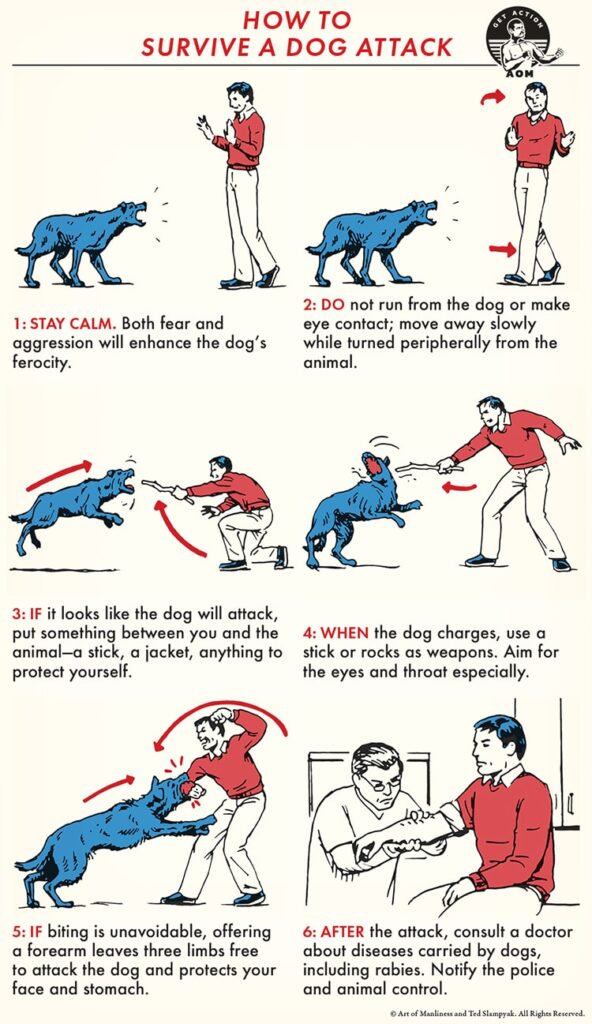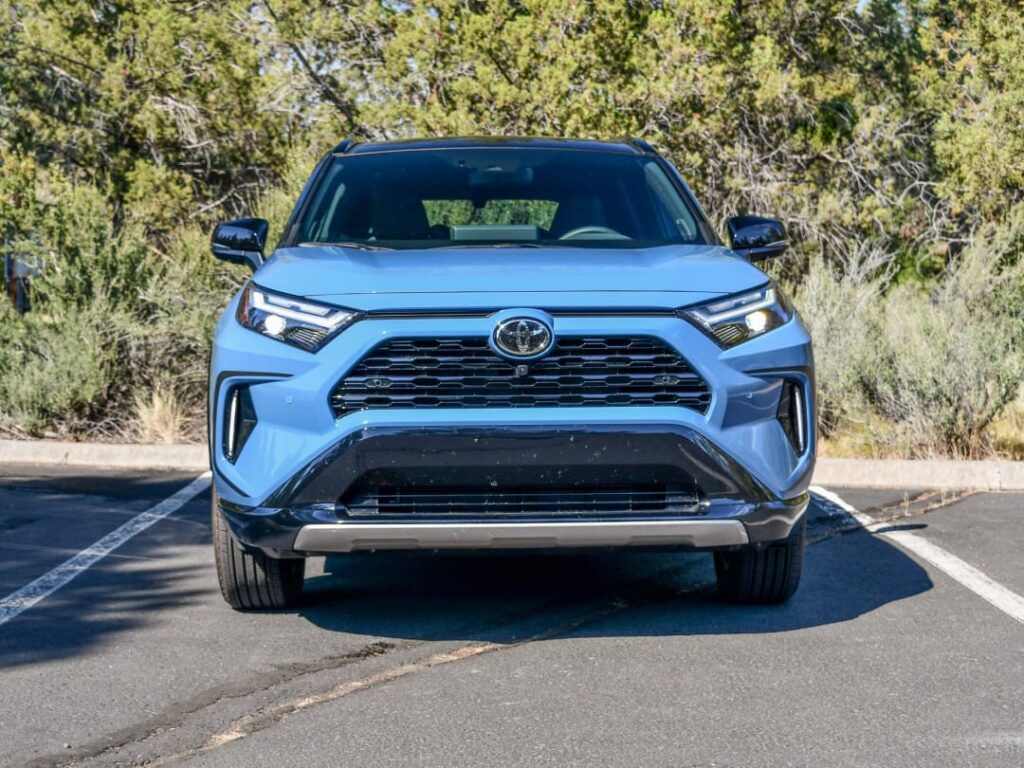President Trump’s recent agreement with Japan to lower reciprocal auto tariffs from 25% to 15% has drawn a variety of responses from Japanese carmakers—as well as strong criticism from U.S. industry groups and unions.
Toyota Calls for Even Lower Barriers
- Optimism, with Caveats: Toyota welcomed the improved trade climate but urged Washington and Tokyo to pursue further tariff cuts.
- Financial Relief: Prior to the deal, Toyota had projected a ¥180 billion (
$1.2 billion) hit from 25% duties. Goldman Sachs now estimates the industry-wide cost falls to about ¥1.9 trillion ($12.9 billion) over five years—down from nearly ¥3.5 trillion. - Long‑Term View: Toyota emphasized the importance of “fair and open trade” to sustain growth on both sides of the Pacific.
Mitsubishi’s Unique Exposure
- All Imports, No Plants: Unlike Toyota, Honda, or Nissan, Mitsubishi assembles none of its U.S. models stateside, importing every vehicle from Japan.
- Recent Struggles: A disappointing Q1 earnings report underscored how sensitive pure-import-dependent brands are to tariff shifts.
- CFO’s Warning: Mitsubishi’s finance chief noted that while a 15% rate is welcome, the April‑implemented 25% duties have already dented sales.
U.S. Automakers and Unions Push Back
- Big Three Lobby Group: The American Automotive Policy Council (representing GM, Ford, and Stellantis) warned that the accord unfairly advantages Japanese imports—still dutiable at a lower rate than North American‑built vehicles with high U.S. content.
- UAW Outcry: The United Auto Workers decried the deal as relegating American workers “to the back of the line,” urging trade negotiations that bolster, not undercut, domestic labor standards.
Consumer Impact Ahead
- Sticker Shock Likely: Industry analysts expect manufacturers to pass at least a portion of the remaining 15% duty on to buyers.
- Dealer Planning: According to auto‑retail consultant Marc Cannon, automakers and dealers are already strategizing price adjustments, since even a 15% tariff is too steep for brands to absorb entirely themselves.
What’s Next?
- Further Negotiations: Toyota’s call for deeper tariff reductions may press Japan and the U.S. toward a more comprehensive auto‑sector agreement.
- Monitoring Market Response: Sales figures—and subsequent pricing decisions—over the coming months will reveal how much relief consumers actually see at showrooms.
Ultimately, the tariff carve‑out offers Japanese brands a reprieve but stops short of full trade liberalization. As industry and labor stakeholders spar over policy direction, car buyers can brace for higher-than-expected price tags—no matter which badge is on the hood.
Japanese Automakers React to U.S.–Japan Trade Deal
